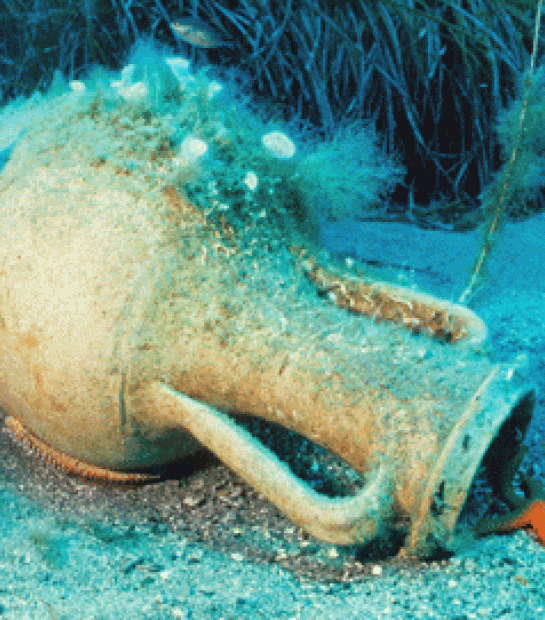
Tourism in Pantelleria does not only mean the sea. It is in this context that archeology manages to play an important role, transforming itself into a great opportunity for a quality and prestigious tourist offer on a global level.
Its position in the center of the Mediterranean and its volcanic nature which made it possible to stock up on what can be considered the black gold of the Bronze Age, has allowed since the most remote times and the first sea trades to transform Pantelleria into a safe harbor in the middle of the Mediterranean.
Hundreds of populations have come and gone on this small island, leaving traces still visible today and considered fundamental in the global archaeological panorama.
More than twenty years of archaeological excavations have in fact made it possible to bring to light villages and necropolises from the Bronze Age, a Punic Roman acropolis, a village of fishermen and traders from the late ancient era near the coast of Scauri and other important underwater finds. in the Gadir area and in the port of Scauri. The archaeological finds that summarize these twenty years of excavations are collected in a permanent exhibition of the castle of Pantelleria and where the three Imperial heads found at the Punic Roman acropolis are definitively exhibited.

It is difficult to find a site where it is possible to walk among the remains of an ancient village of over four thousand years and, passing a boundary wall, get lost among the numerous burial mounds, some of which are perfectly intact and accessible. Mursia, the Bronze Age village, with its mighty boundary wall and related Sesi necropolis in an exceptional state of conservation, is one of the most remarkable and significant archaeological complexes in the central Mediterranean. beyond the boundary wall, the village's "city of the dead" extends, a necropolis made up of those singular monuments called sesi (a dialectal term used to indicate piles of stones).
these are circular truncated cone structures, used exclusively for a funerary function.

the hills of san marco and santa teresa date back to 255 b.c. and they are separated by a flat saddle, where excavations have brought to light a vast paved clearing, marked by masonry constructions: it could be the Roman forum located between the two hills.
The most important find is represented by the so-called imperial heads: that of Julius Caesar and a woman of the Julio-Claudian family, in all probability Antonia Minor, wife of Drusus and mother of the emperor Claudius who lay under a thick layer of ash with evident traces of sacrificial burning of animal bones, together with a significant presence of pottery. this fact suggests that the two heads were placed after a series of religious ceremonies. the third head, that of the emperor Titus, son of Vespasian of the Flavian dynasty, was found in a cistern, where it was probably hidden during the days of the Vandal invasion which, around the sixth century AD, caused the definitive abandonment of the acropolis of cossyra.

the seabed of pantelleria is rich in history and wrecks. one of the most interesting sites is the bay of gadir, a real amphorae mine, already identified since the 1950s by divers animated more by predatory than scientific interests. the first scientific reports date back to the 1960s, with the start of reconnaissance and the first recoveries. the amphorae are mostly Punic and of various types, which underlines the commercial importance of Pantelleria for the Carthaginian routes in the ancient Mediterranean.








-f29e6bd6858174a2c83399228034755e-frontend-templ-c134.jpg?v=13)



